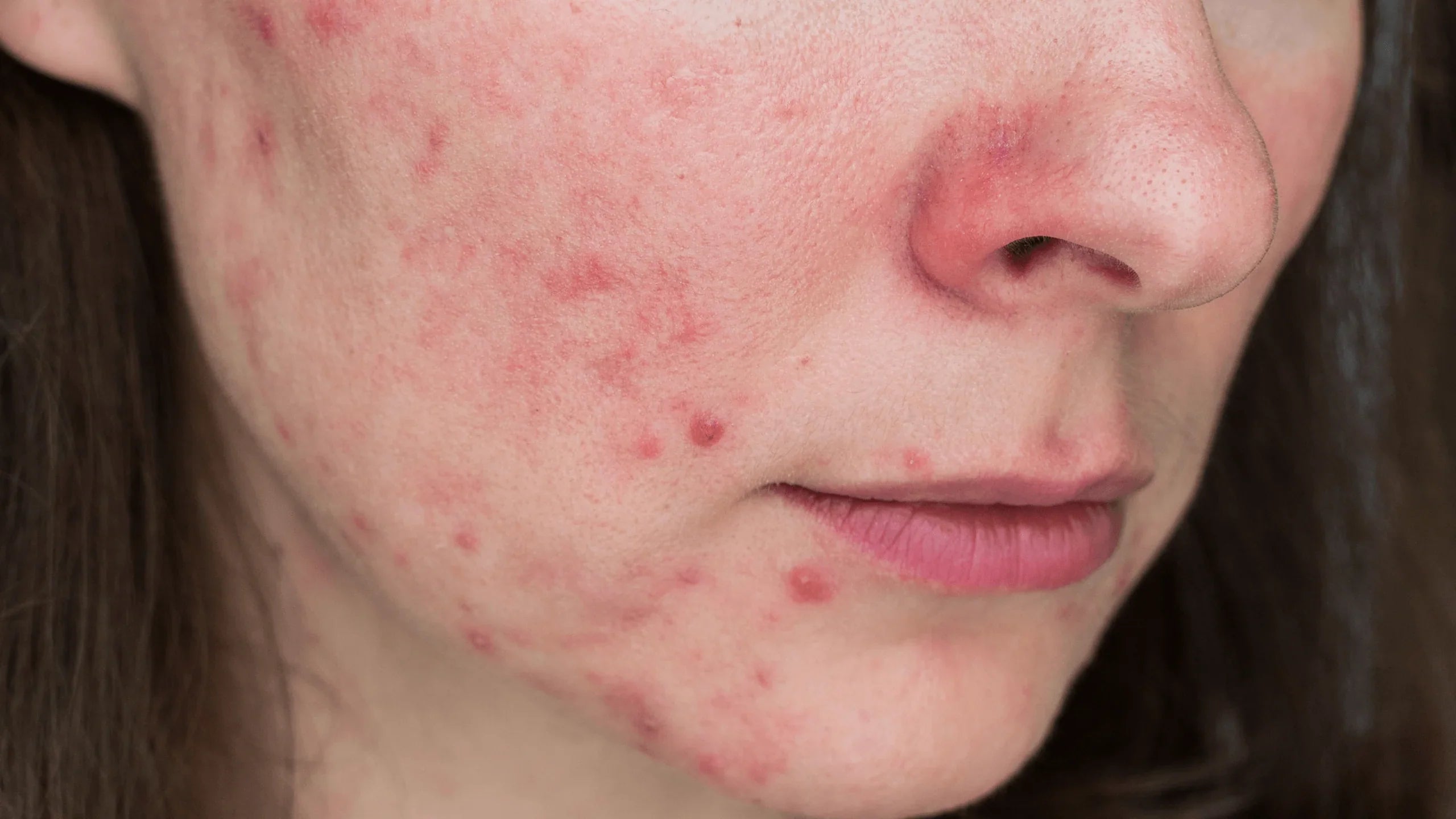Different Types of Rosacea: Subtype three - Rhinophyma
Rhinophyma is a subtype of rosacea which is often associated with the nose. It is a relatively rare condition that can severely impact a person's self-confidence. Rhinophyma is characterized by the thickening of the skin on the nose and can lead to the development of small bumps and pimples. In this blog post, we will be discussing the different types of rosacea, focusing specifically on the subtype three - rhinophyma. We aim to help you understand the condition better, so keep reading to learn more!
- What is Rhinophyma?
Rhinophyma, or "bulbous nose," is the most severe subtype of rosacea. It is a condition that affects the skin on the nose and can result in the thickening of the skin. This condition is most commonly found in men and can develop in people who have had untreated rosacea for a long time. Rhinophyma can often lead to a very bulbous, red nose that may look as though it's being "melted" by the condition.
- Symptoms of Rhinophyma
The symptoms of rhinophyma include severe redness and thickening of the skin around the nose. In many cases, small, pus-filled bumps may also develop on the surface of the skin. These bumps can break, leak fluid, and sometimes scab over. In some cases, you may also experience a burning sensation, flushing, or itching in the affected area.
- Causes of Rhinophyma
The cause of rhinophyma has been linked to several factors, including genetics, sun exposure, and the overgrowth of certain skin cells. This subtype of rosacea often starts as a mild case of rosacea, and over time it can begin to worsen. The chronic inflammation, pimple formation, and oil gland duct obstruction all contribute to the development of rhinophyma.
- Treatment for Rhinophyma
Unfortunately, rhinophyma and other forms of rosacea cannot be cured. However, the condition can be managed through proper treatment and therapy. Your doctor may suggest medications such as antibiotics or isotretinoin to reduce inflammation and slow the growth of skin cells. In more severe cases, lasers may be used to remove excess tissue or stimulate new collagen growth in the affected area. Retreating the skin may be an option if the rhinophyma is left untreated for too long.
- Coping with Rhinophyma
Living with rhinophyma can be emotionally taxing. Even though the condition is relatively harmless, it can be hard to navigate the stares and misconceptions that come with having a red, bulbous nose. It's essential to remember that there is nothing to be ashamed of and that you are not alone in this fight. Reach out to friends and family, talk to your doctor, and seek support groups and counseling. With the right treatment and the right mindset, you can continue to live a full and happy life.







